39 Free Plant Close-up transparent PNG images
Explore our curated collection of 39 free AI-generated Plant Close-up images, offering an intimate look at nature's intricate details. Our diverse gallery includes stunning stock photos, detailed 3D renderings, scalable vectors, and artistic illustrations, all capturing the mesmerizing beauty of plant life up close. Download these high-resolution images for free, and take advantage of our 'open in editor' feature to fine-tune the prompts and regenerate images that perfectly match your vision.
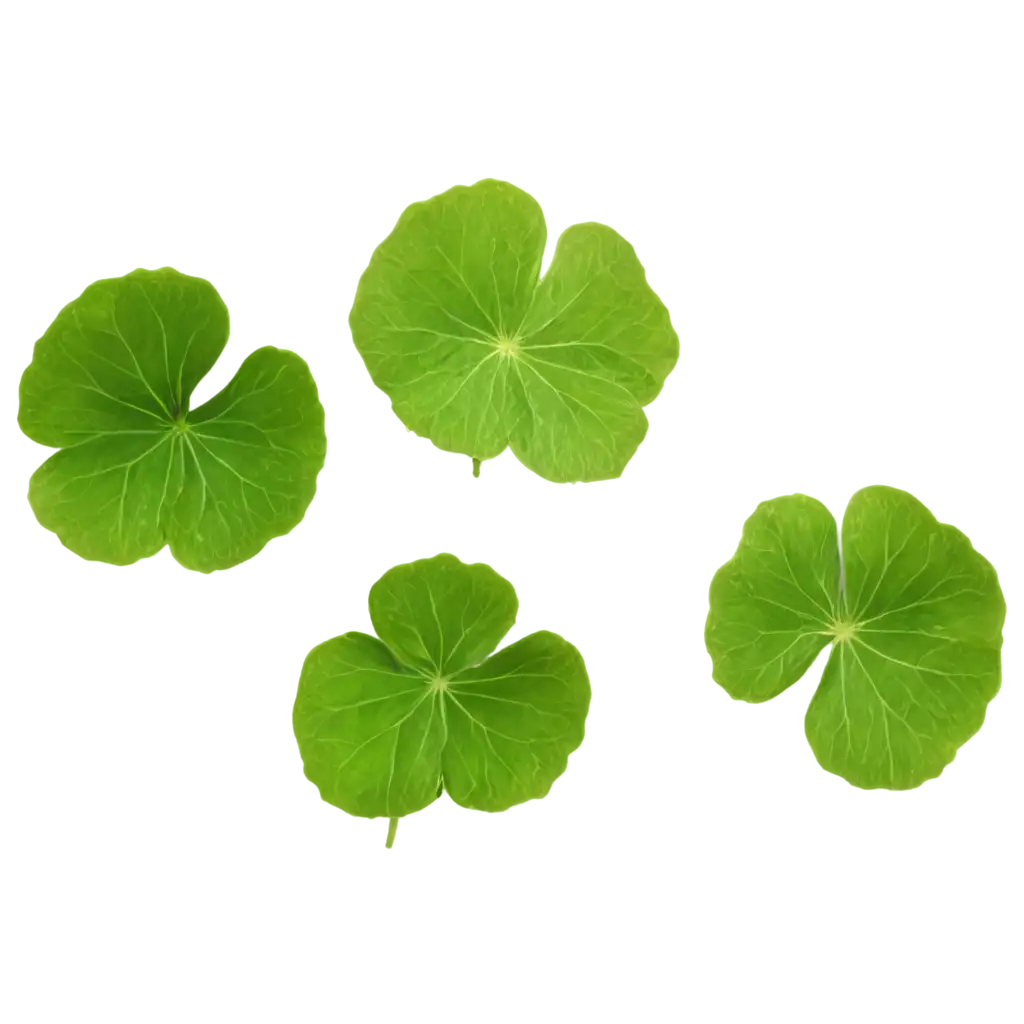
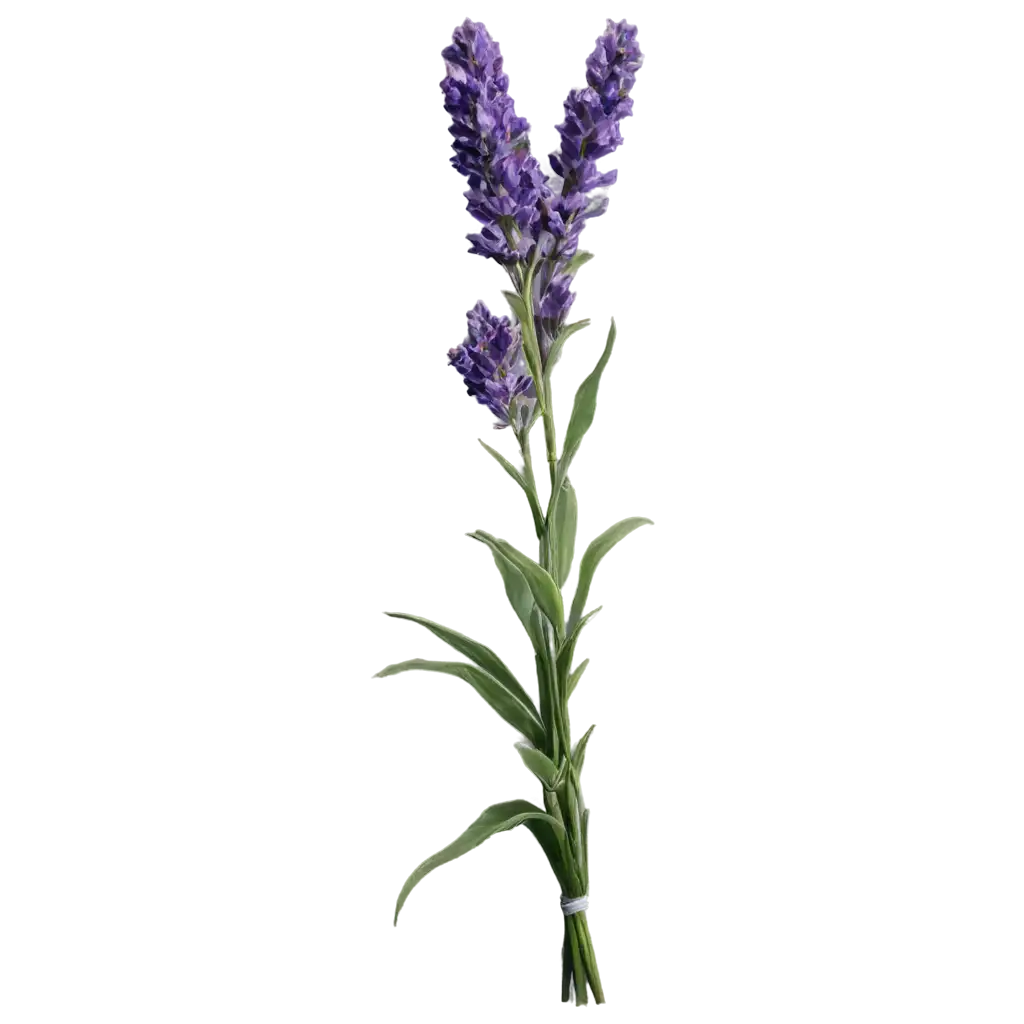
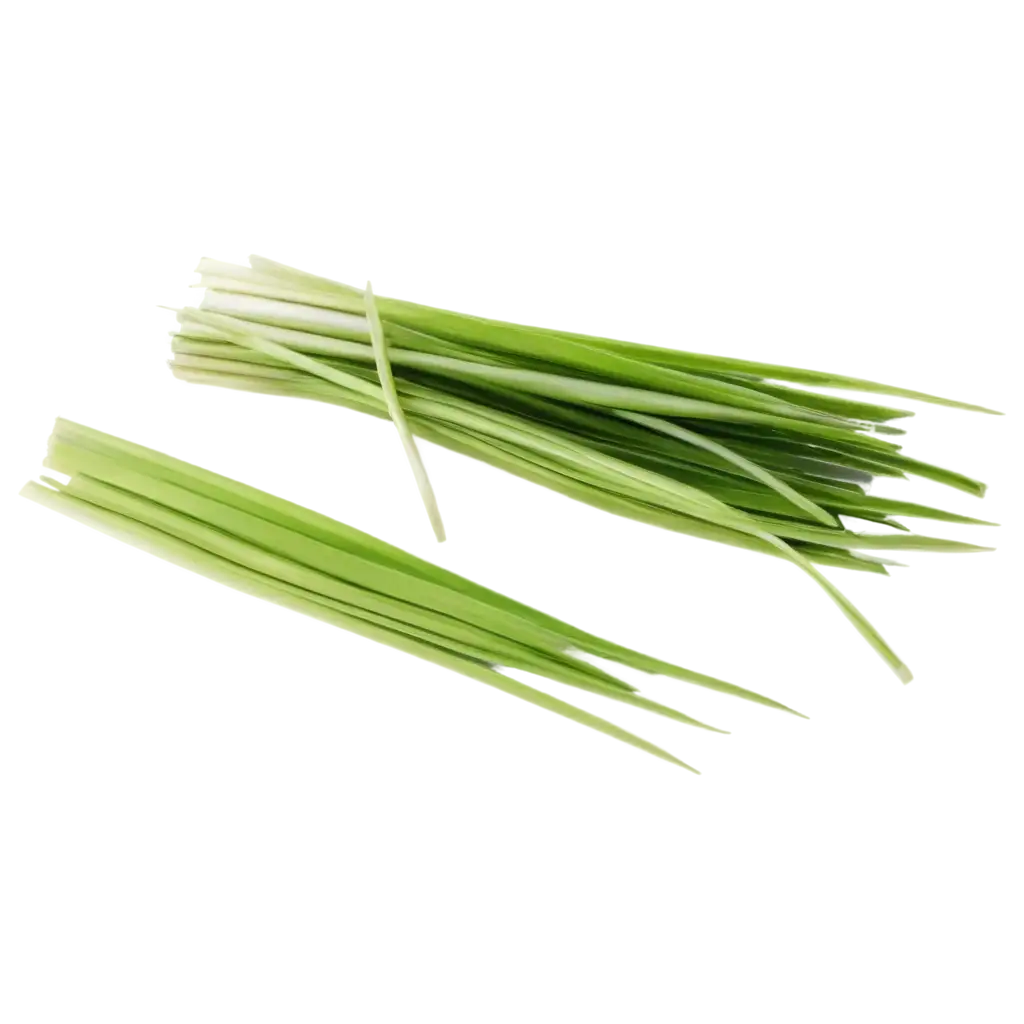
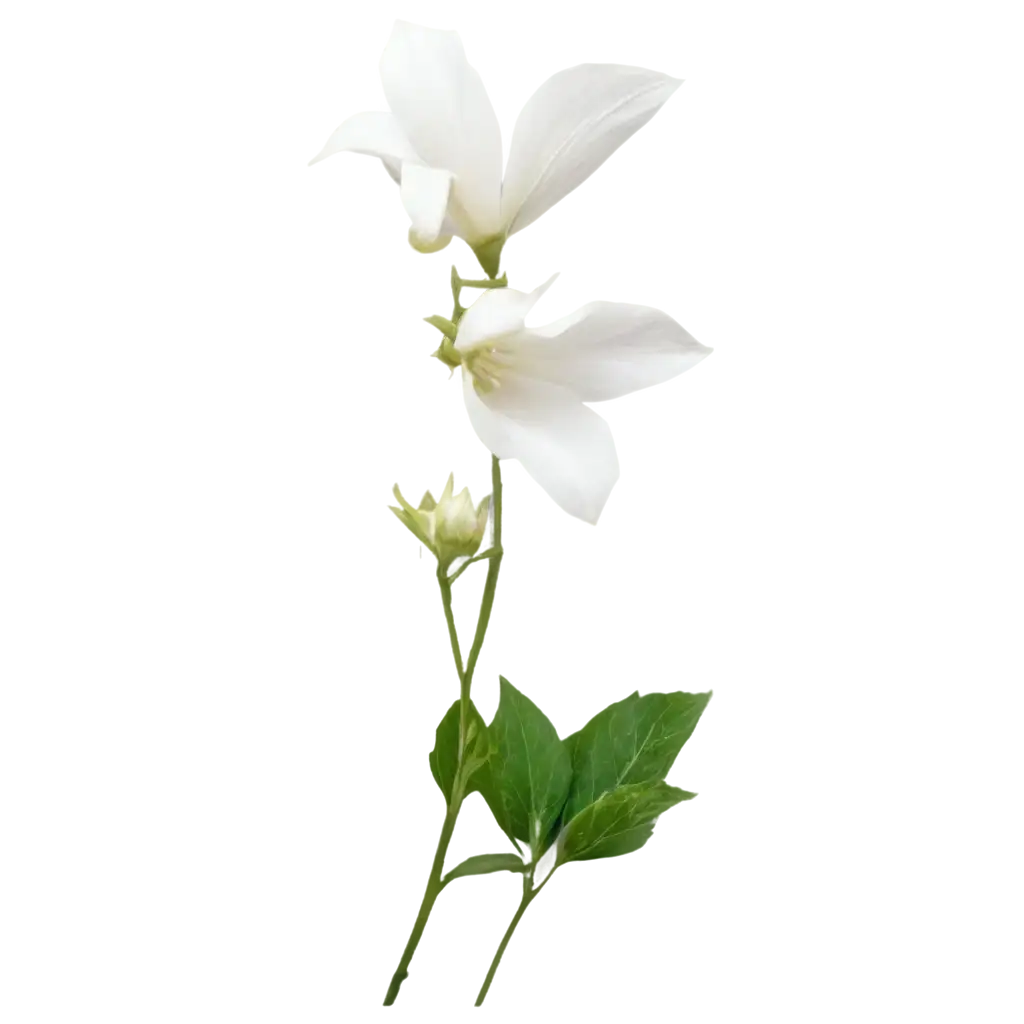

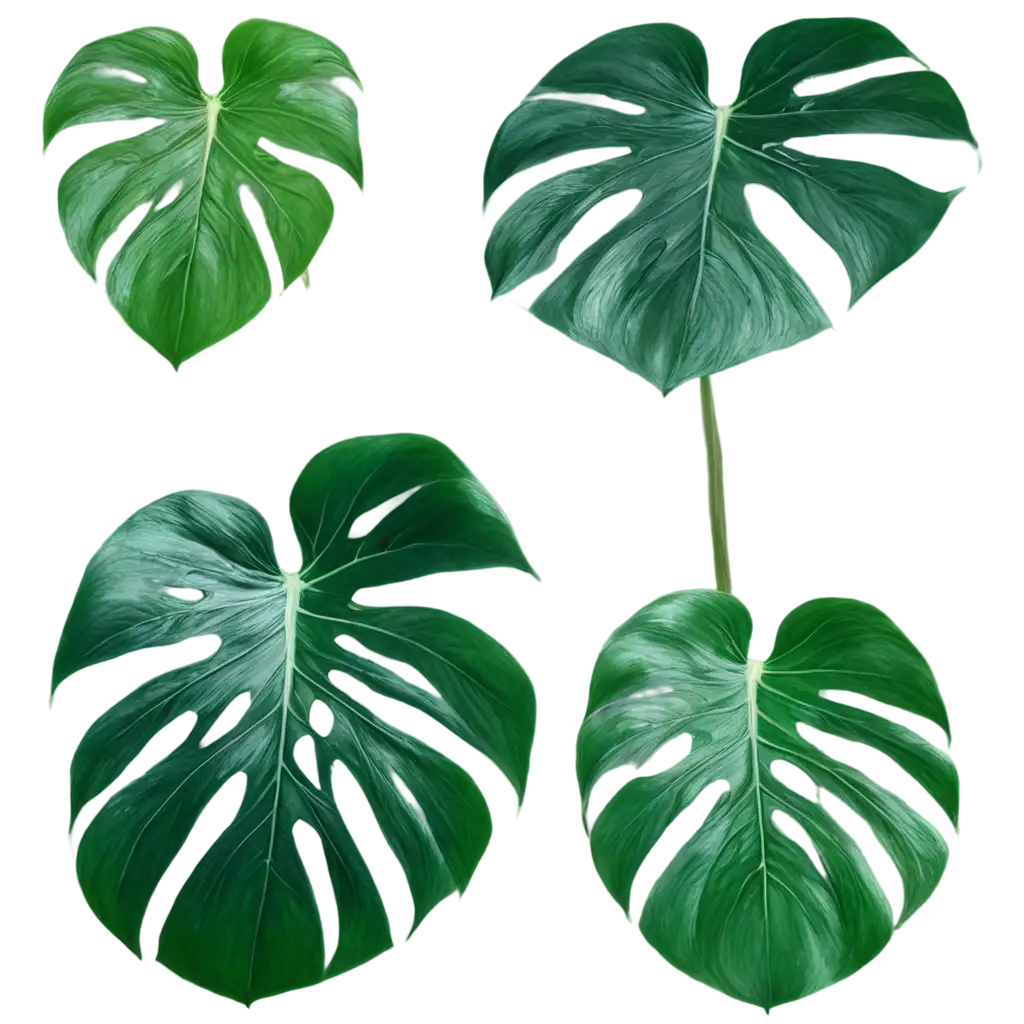
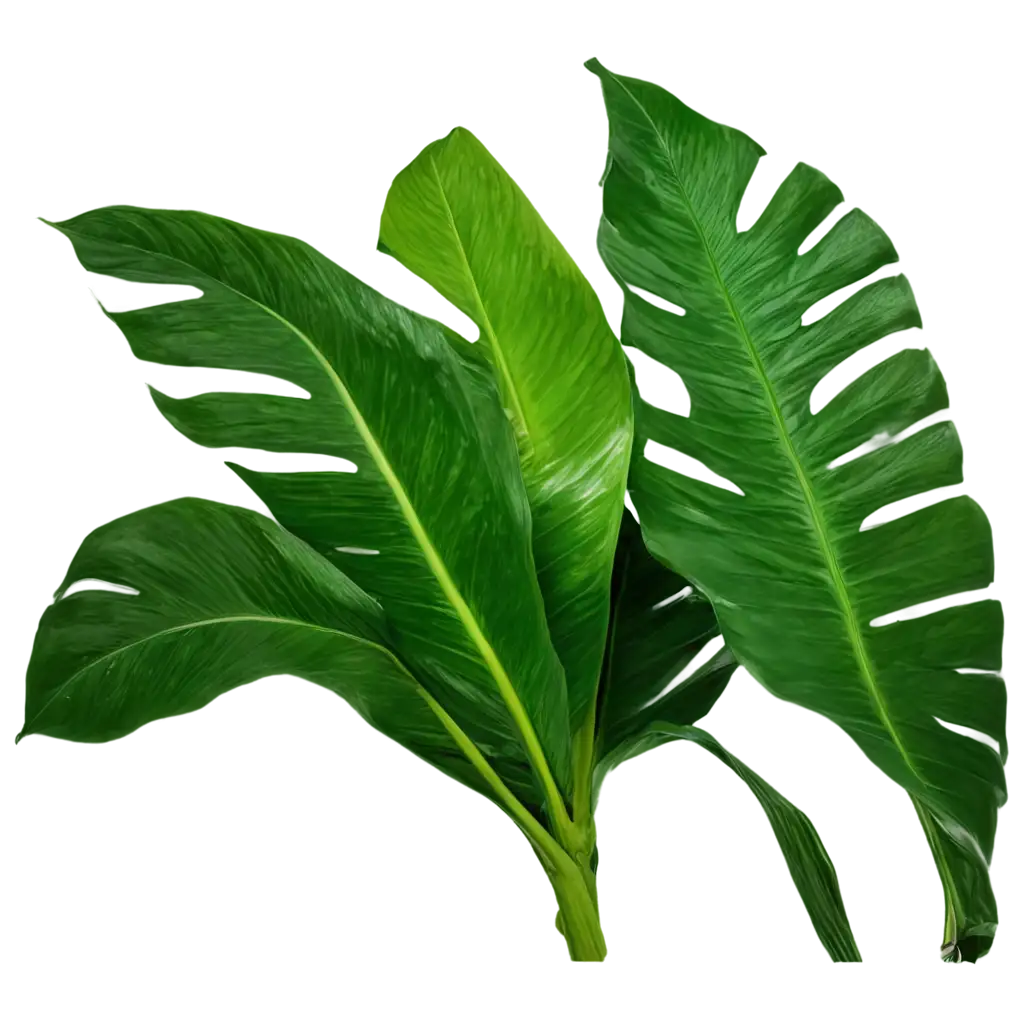
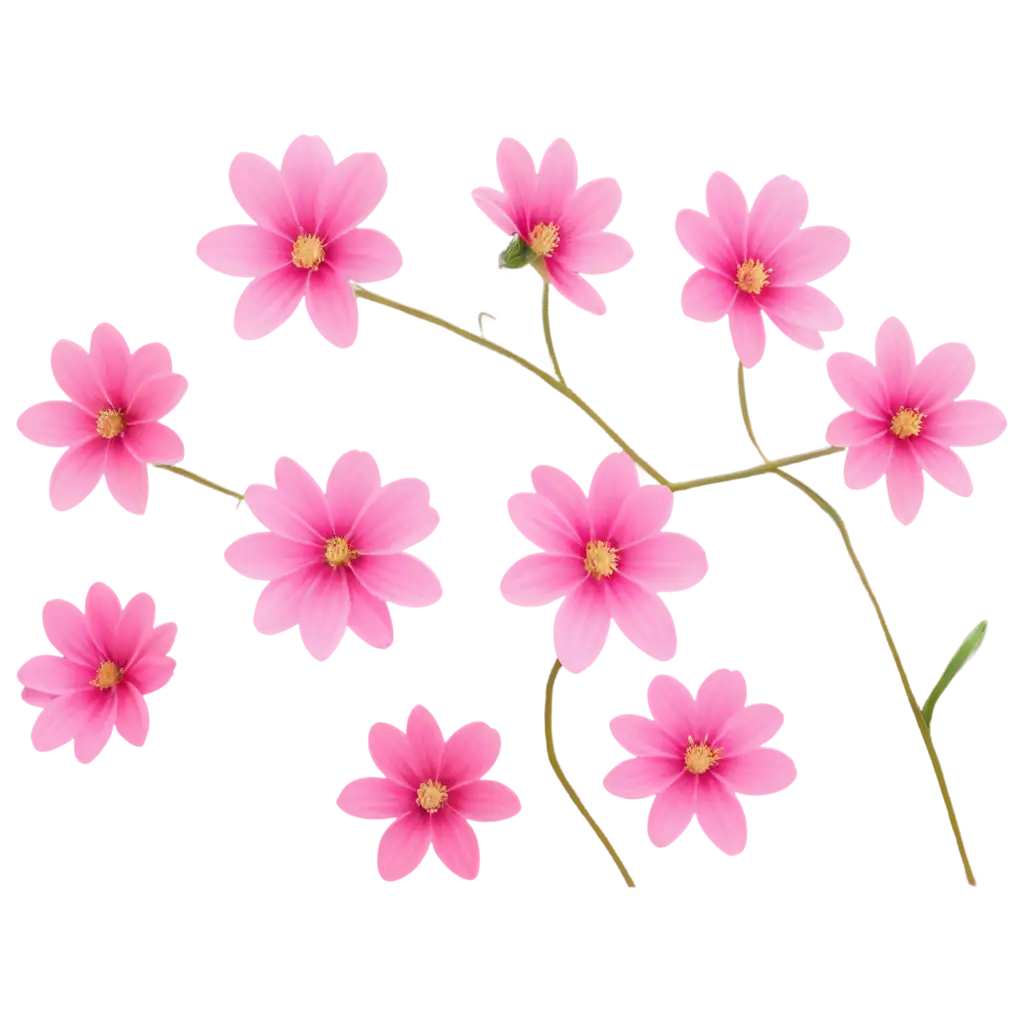
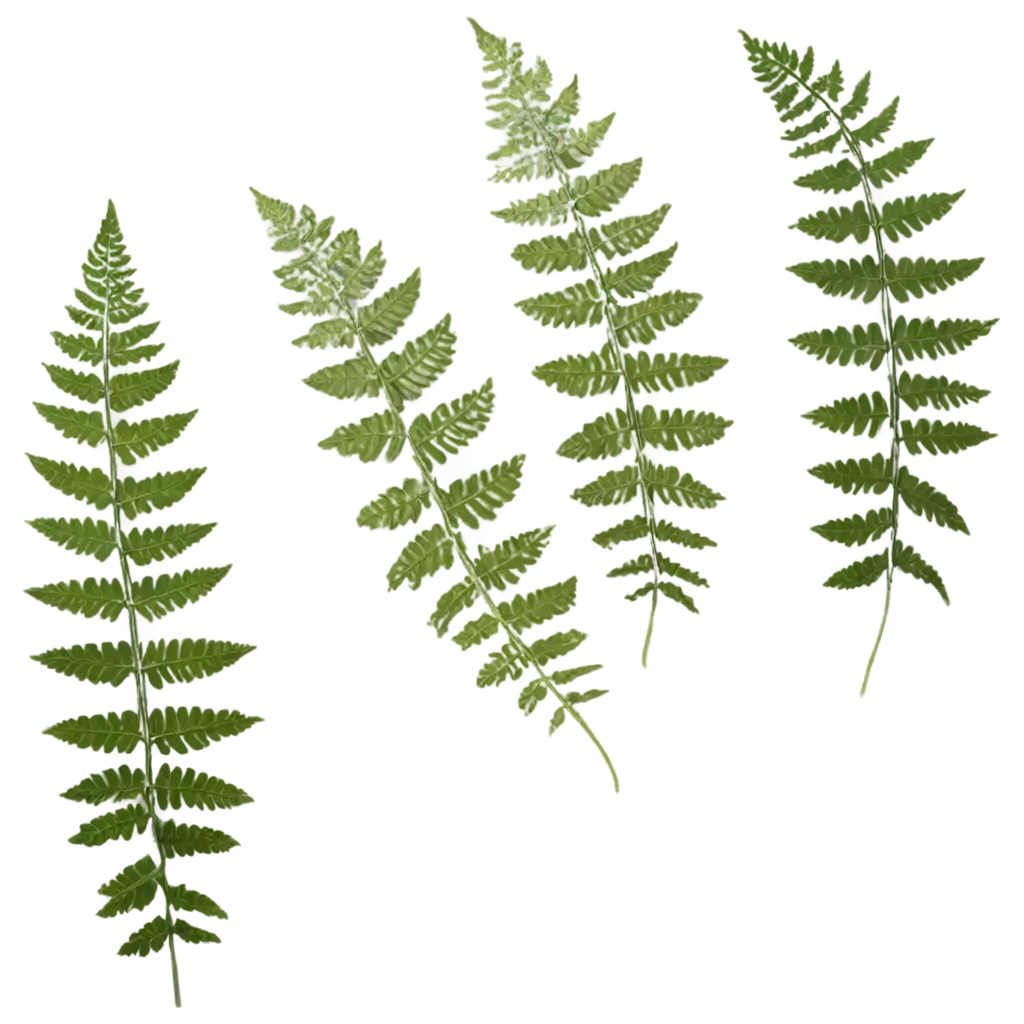
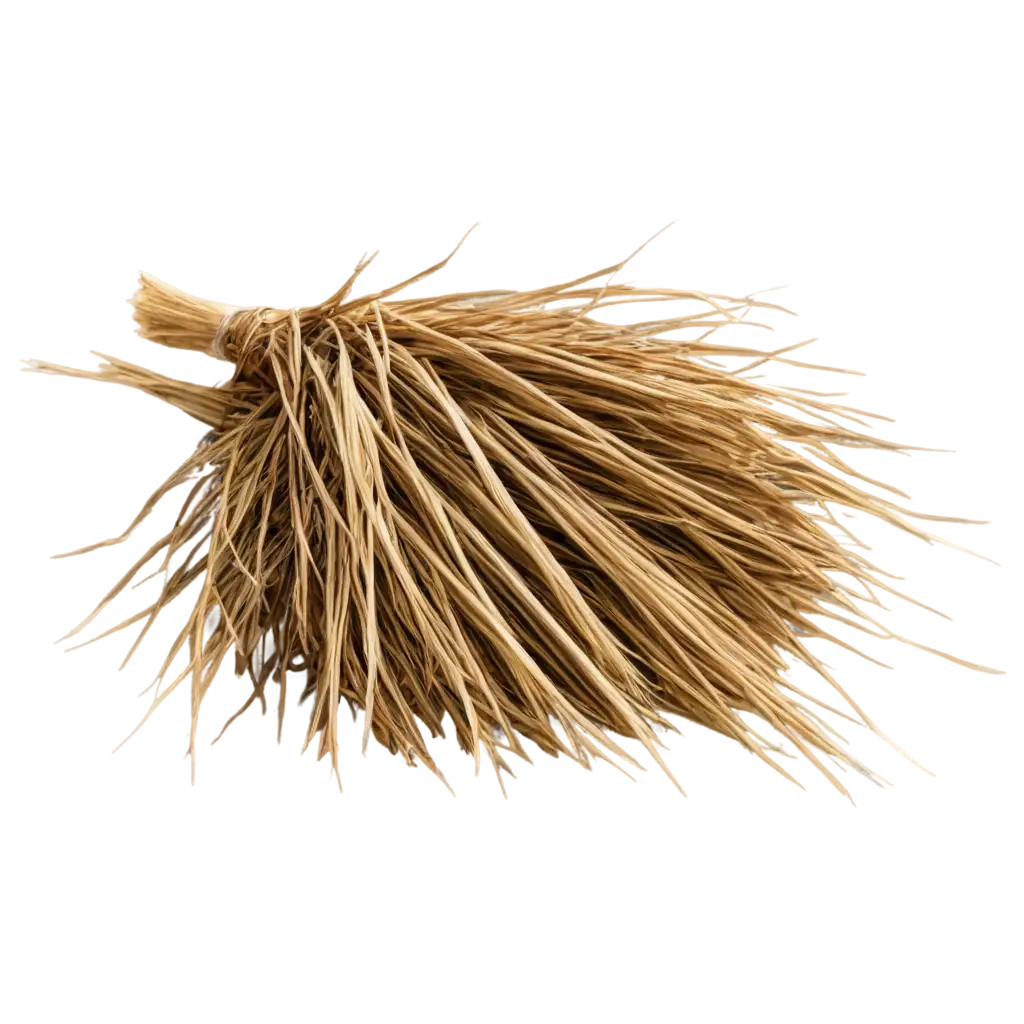

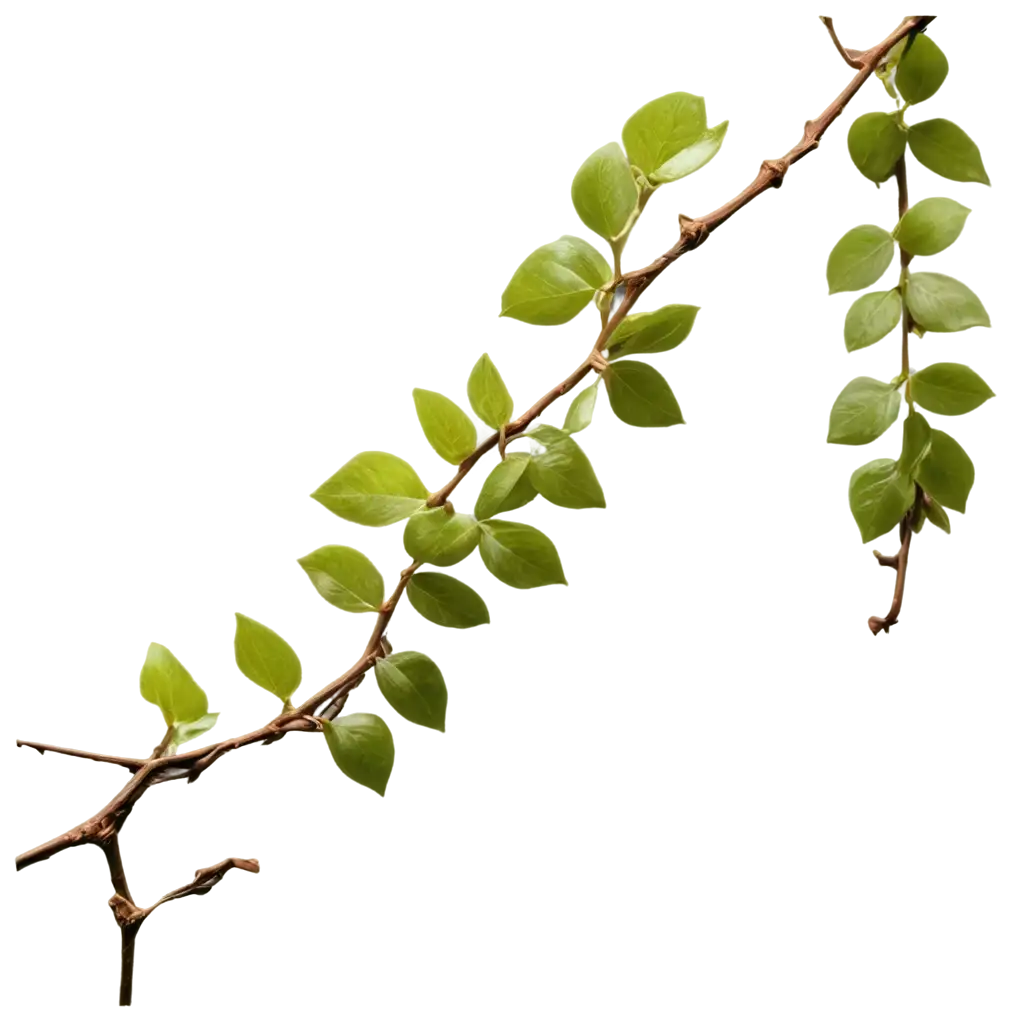

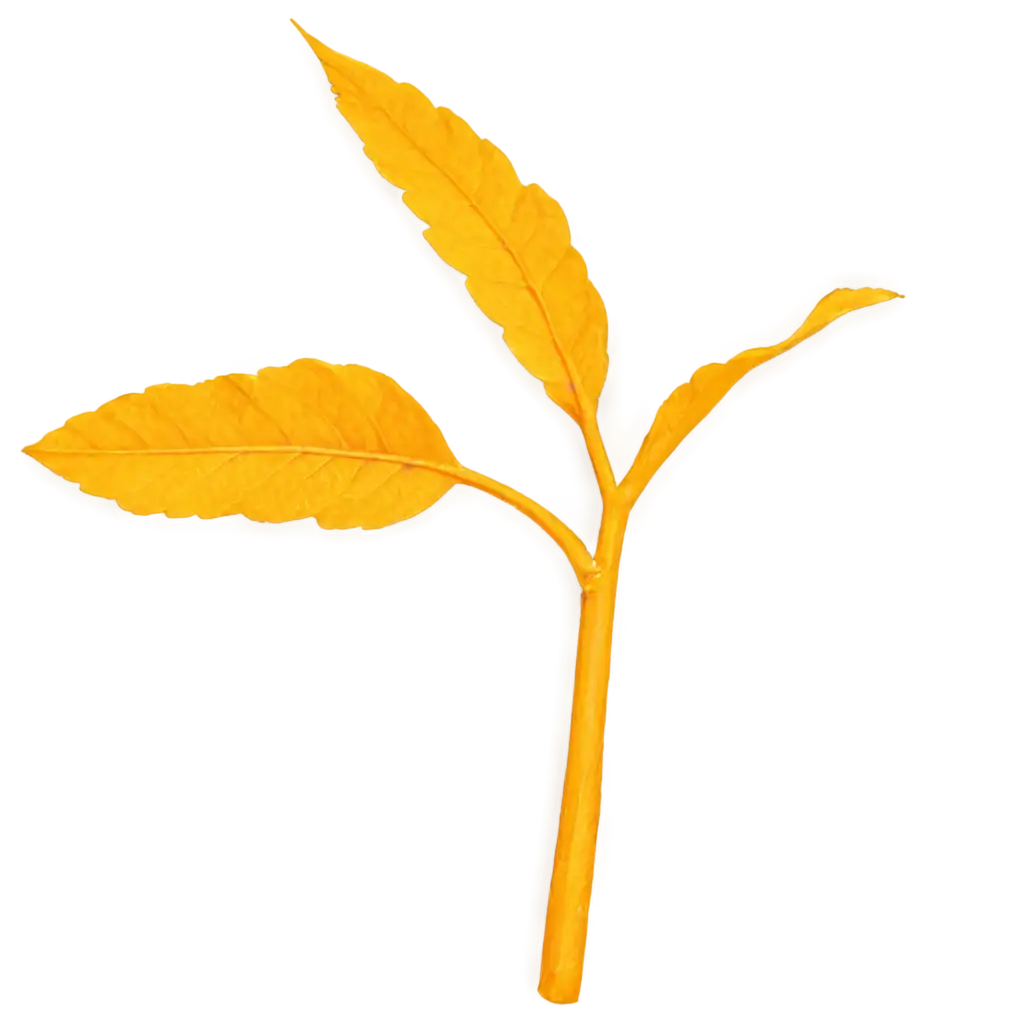
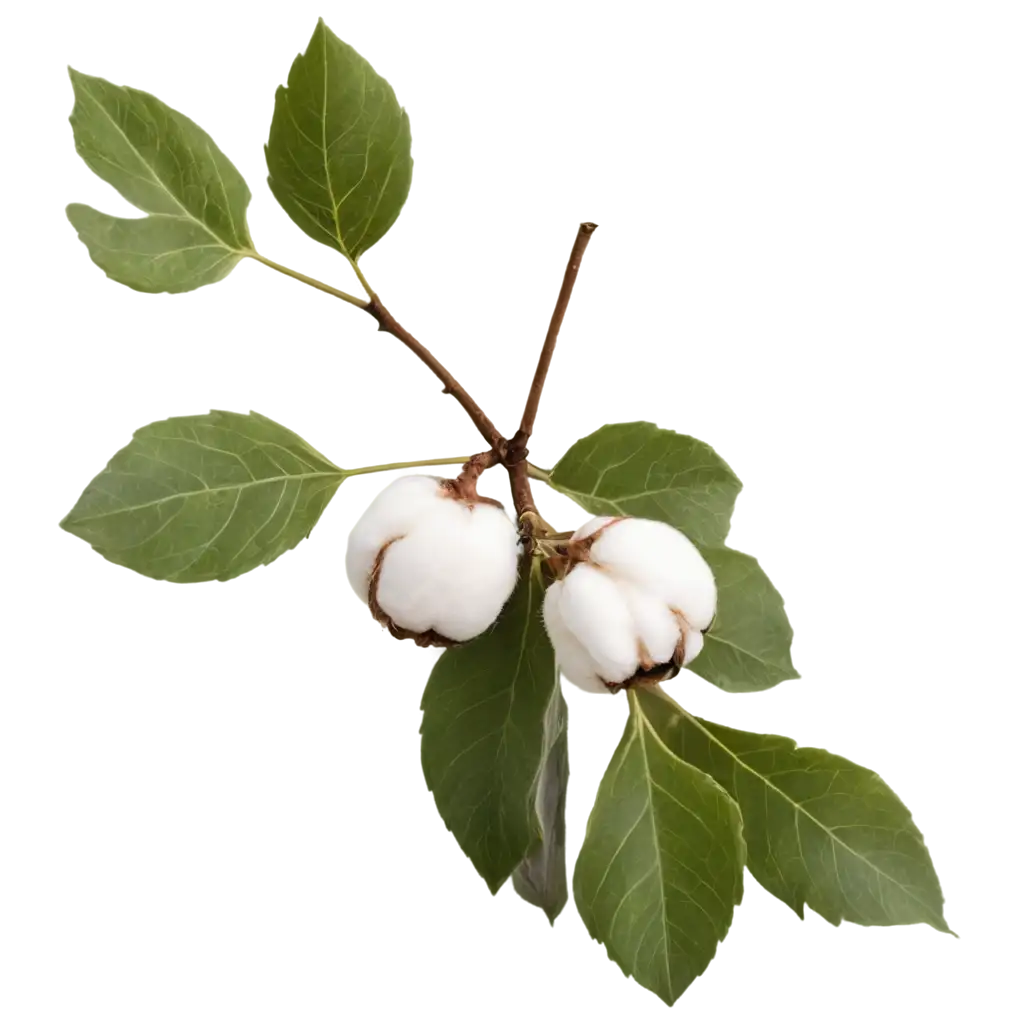
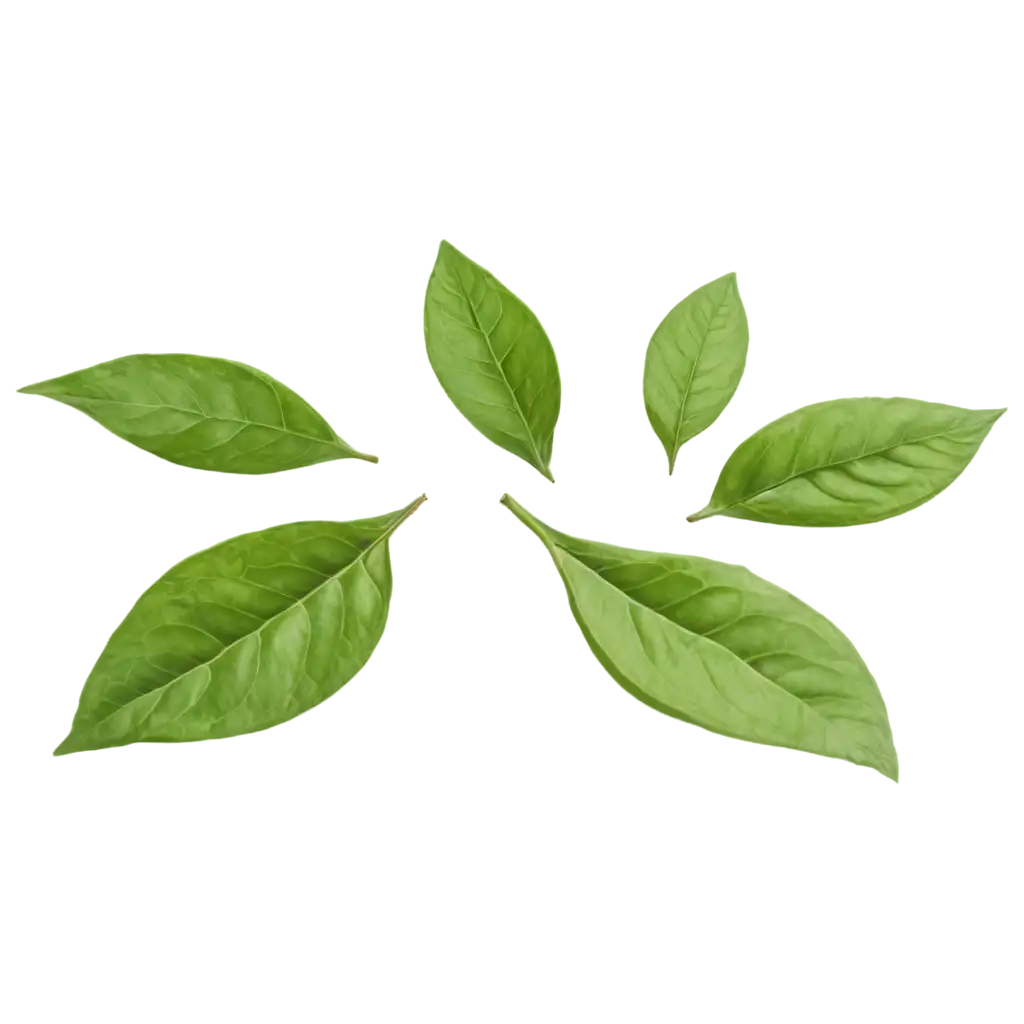
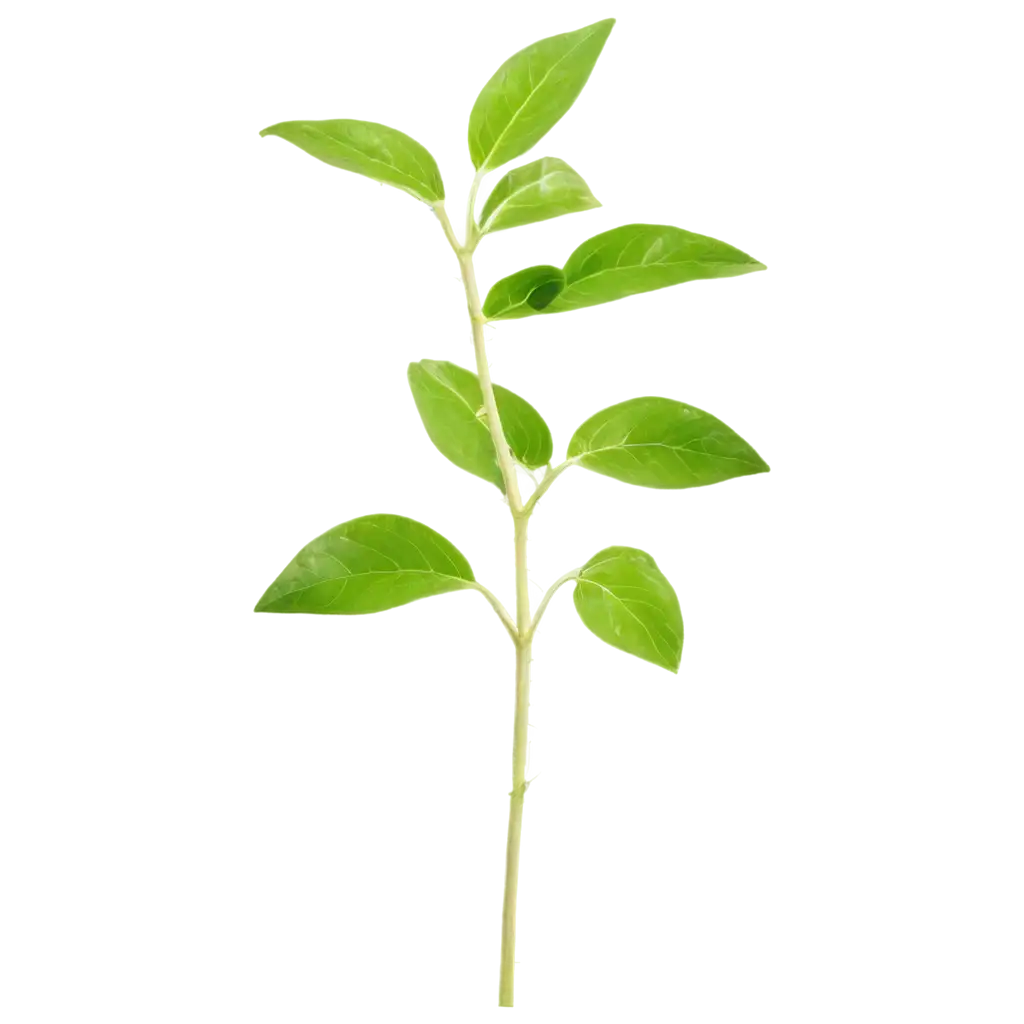

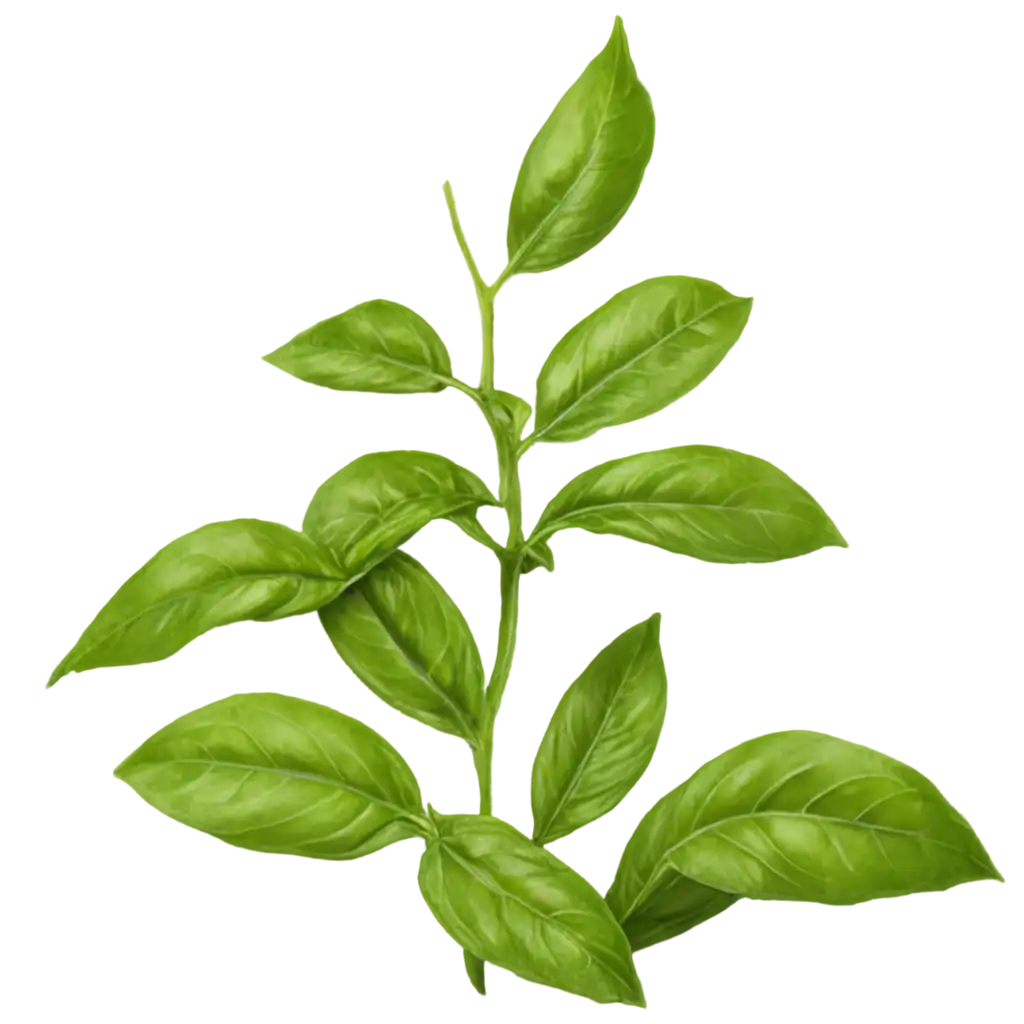

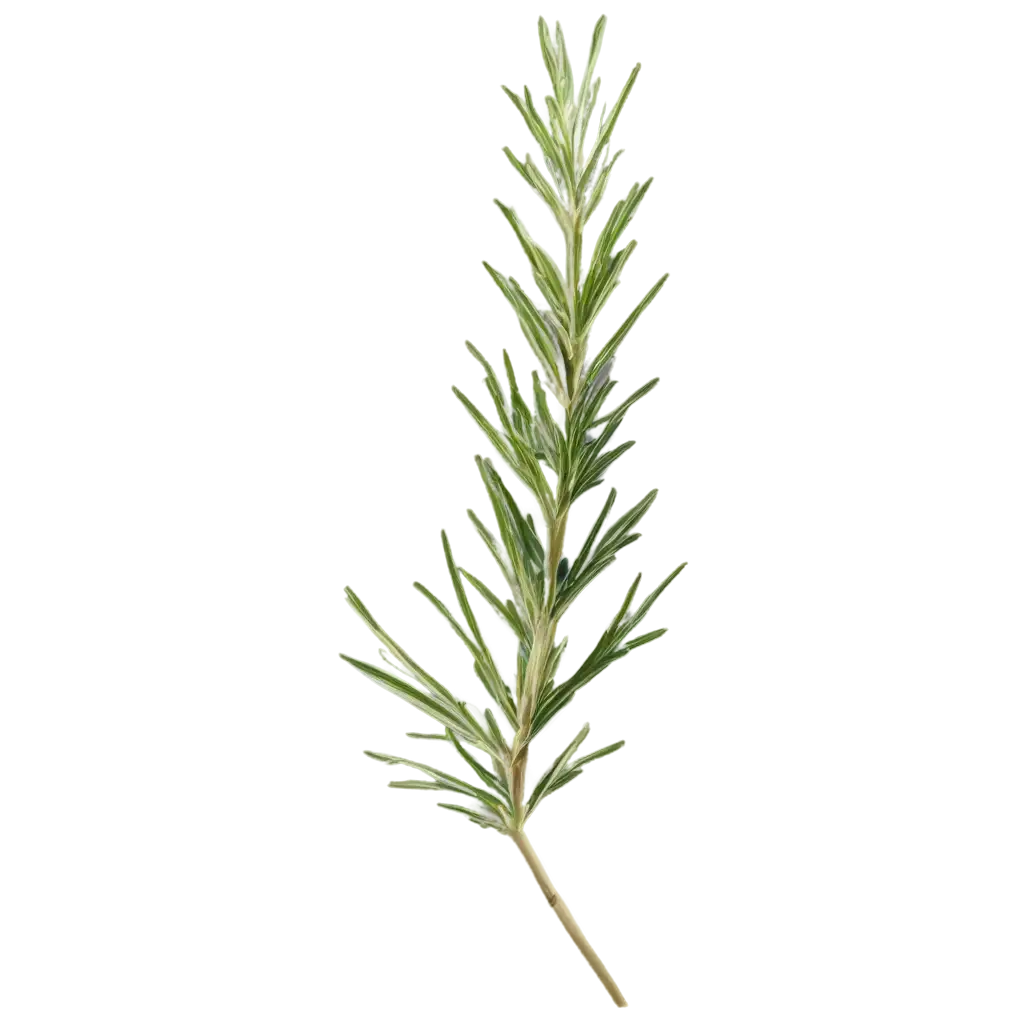
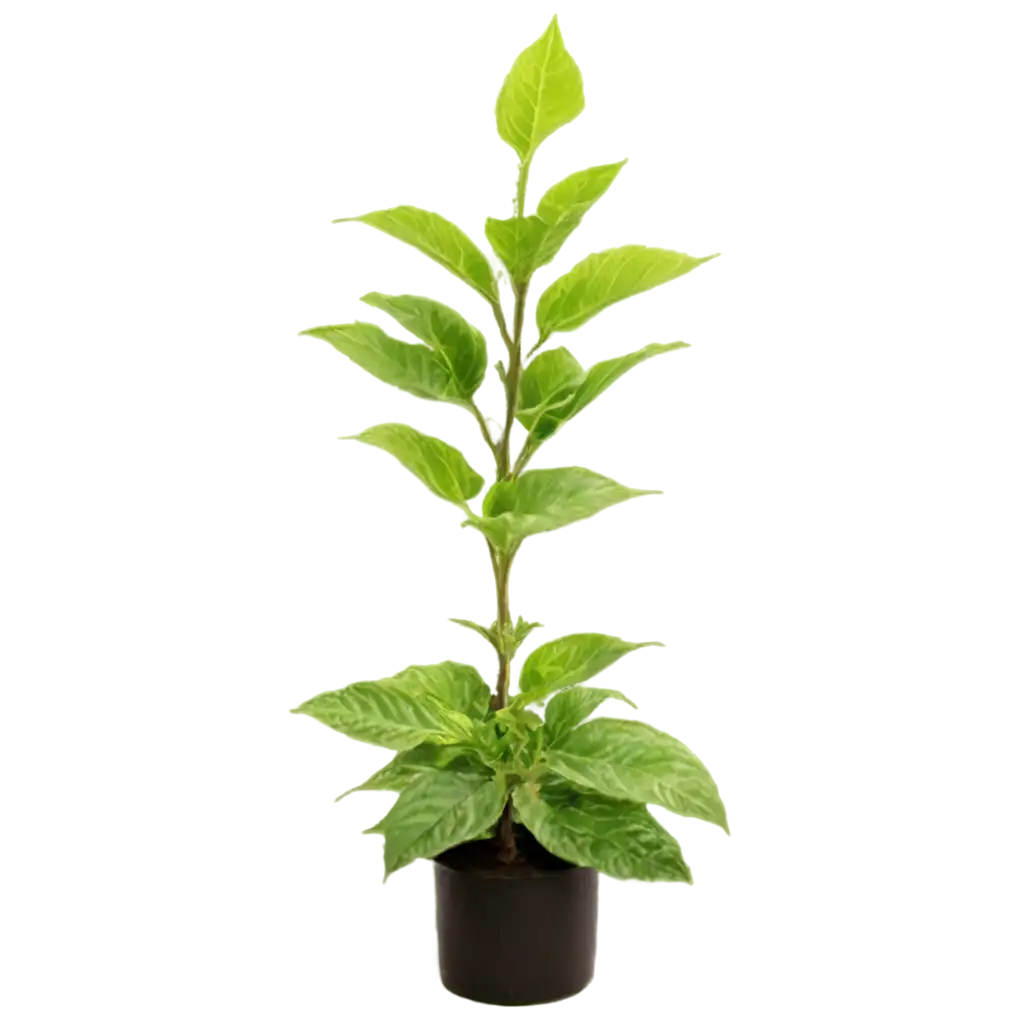

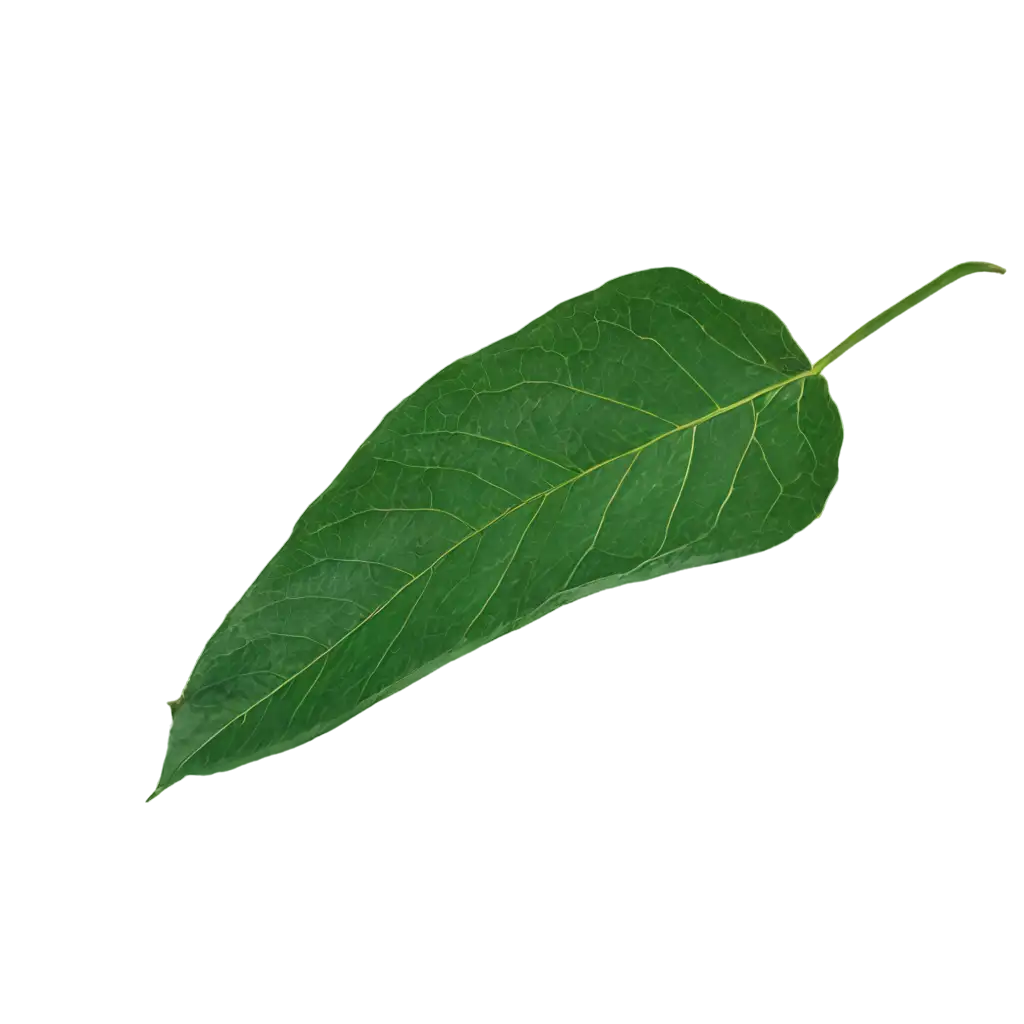
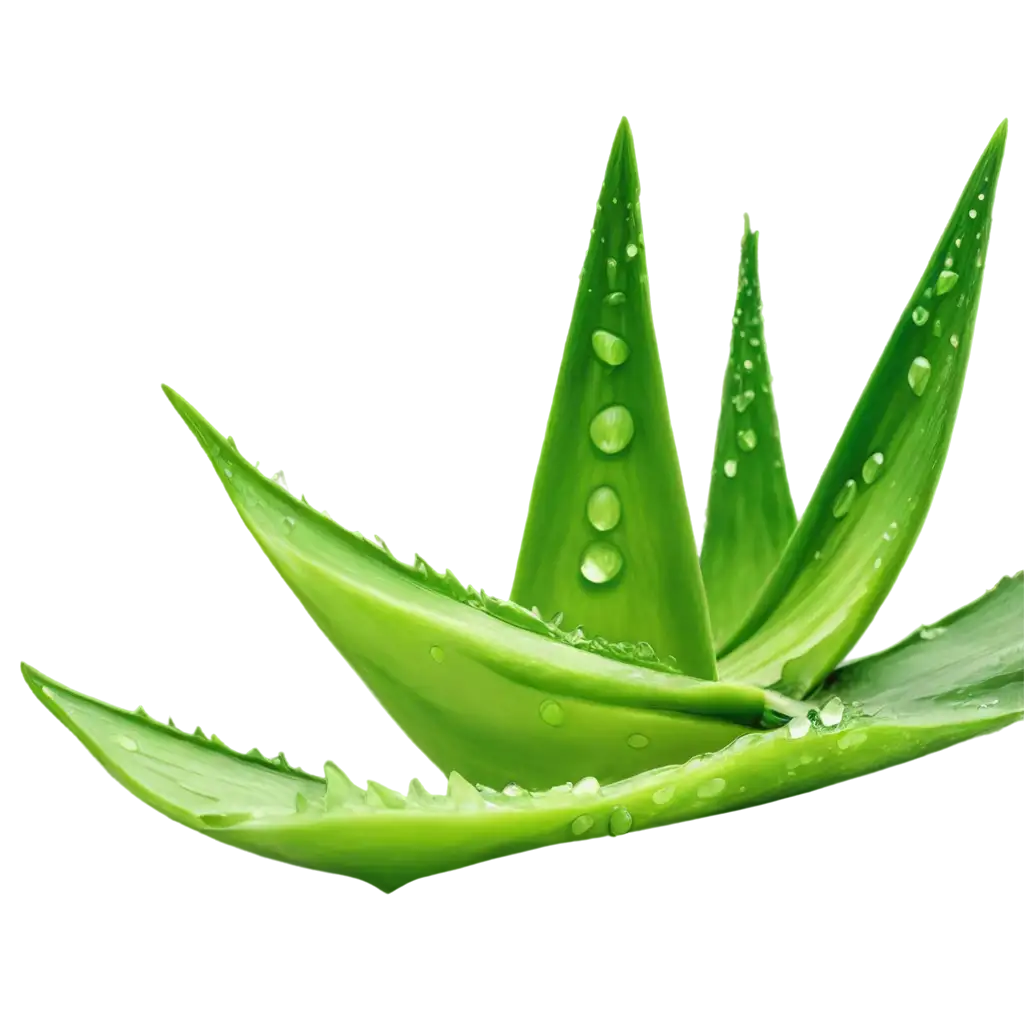
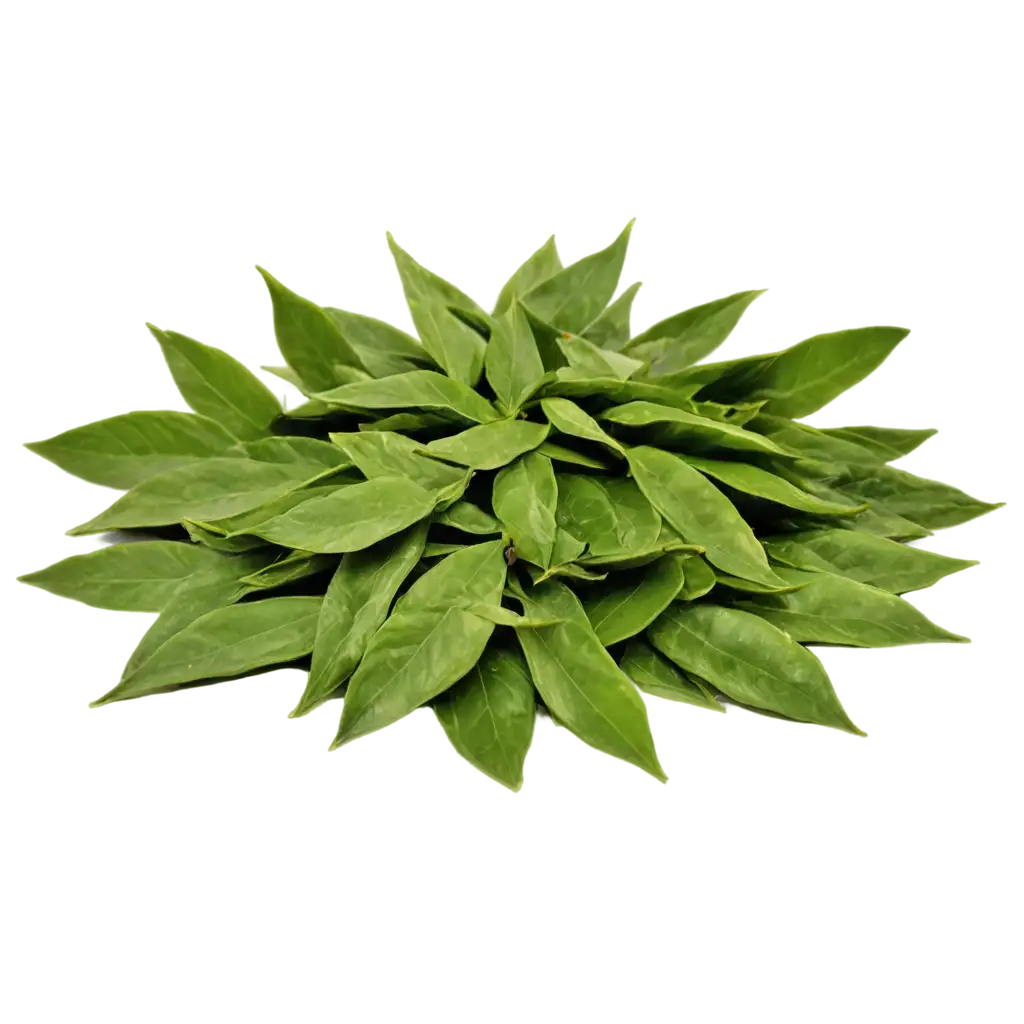
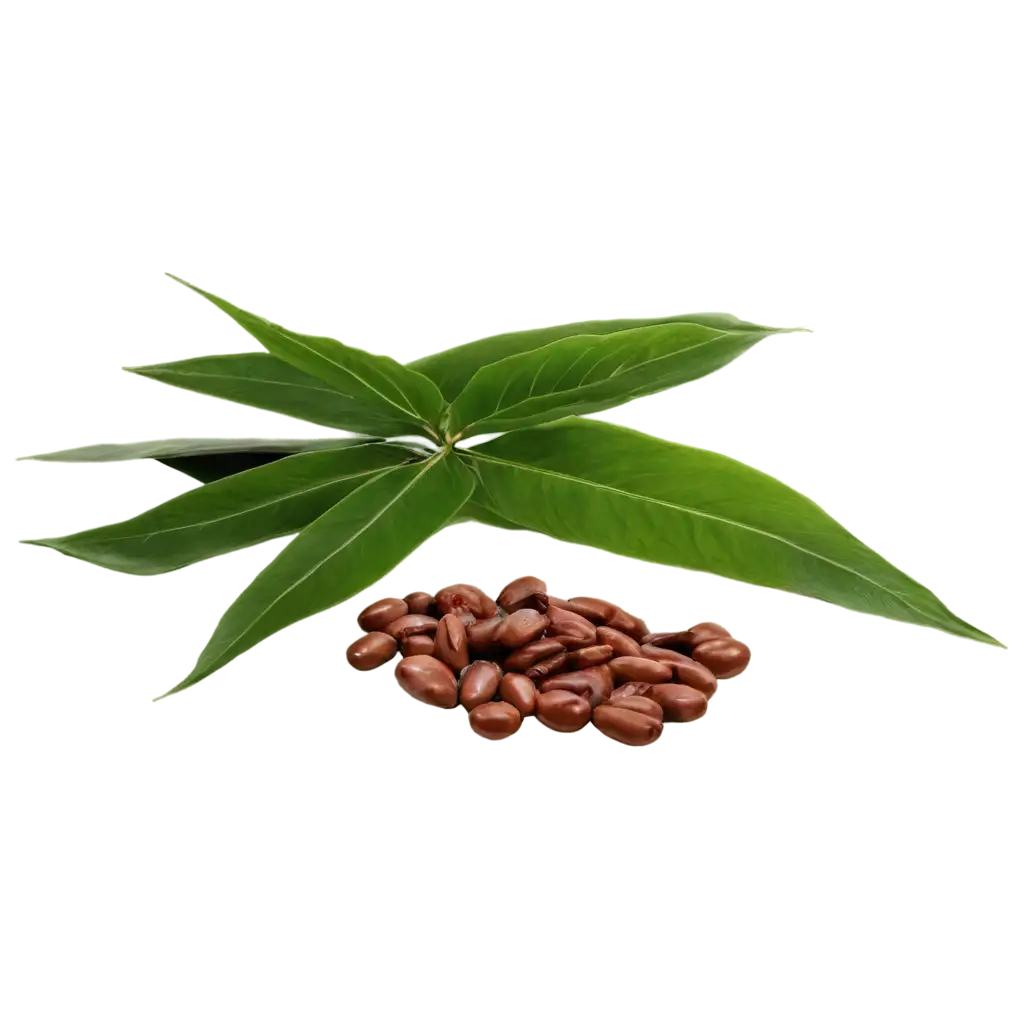
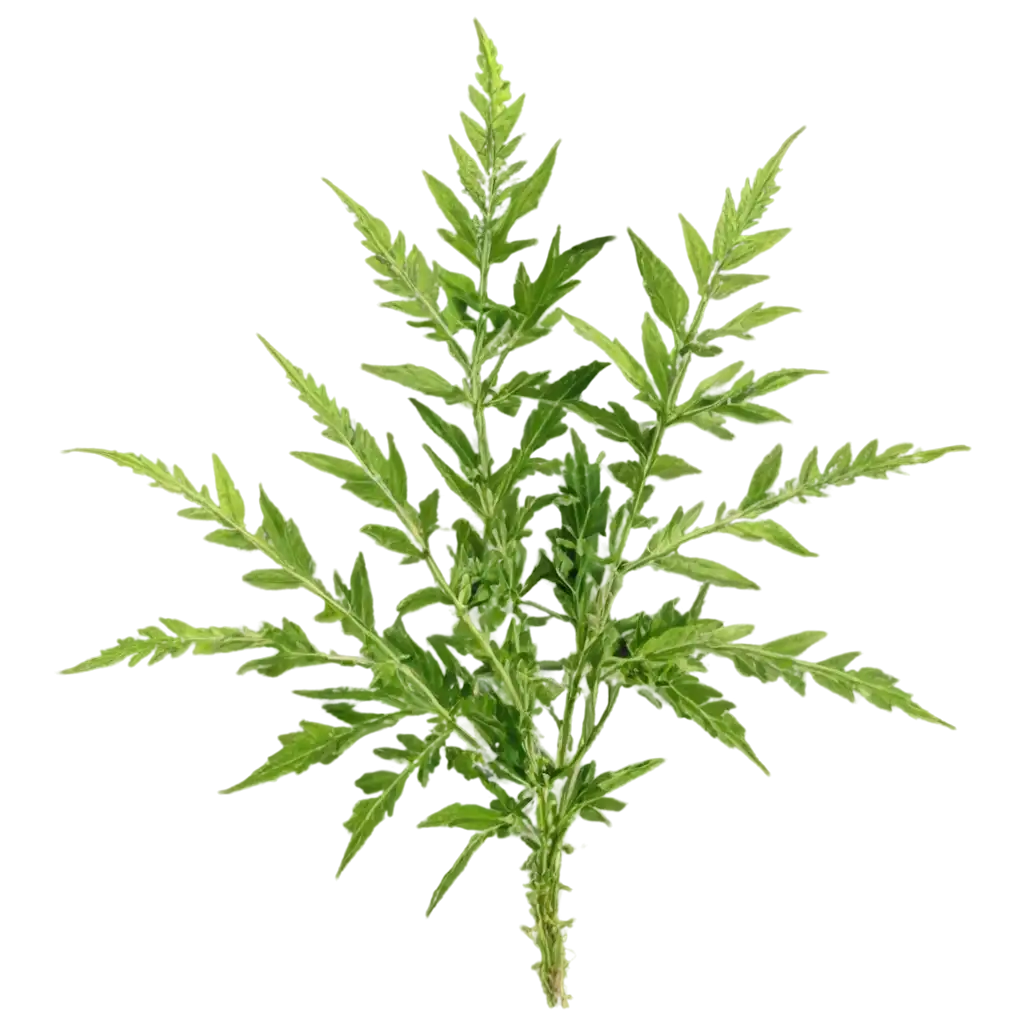
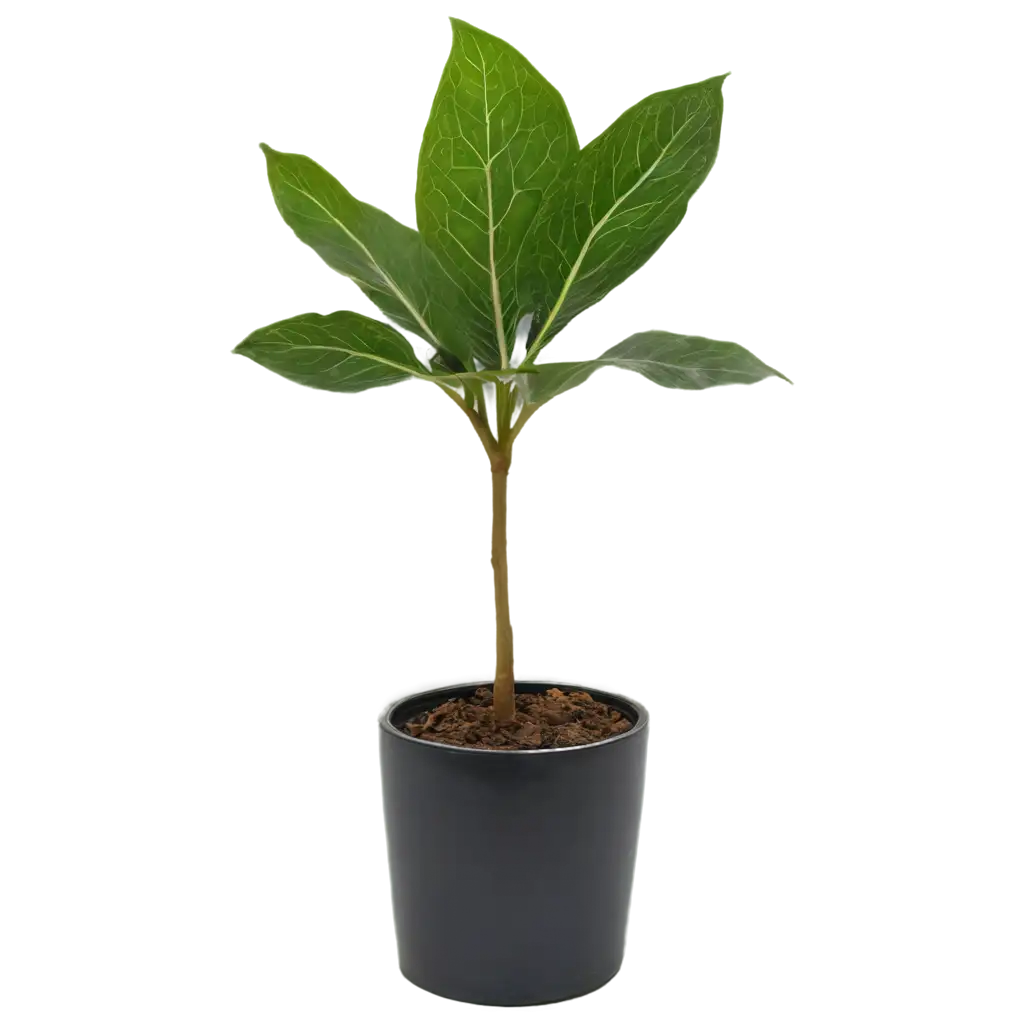
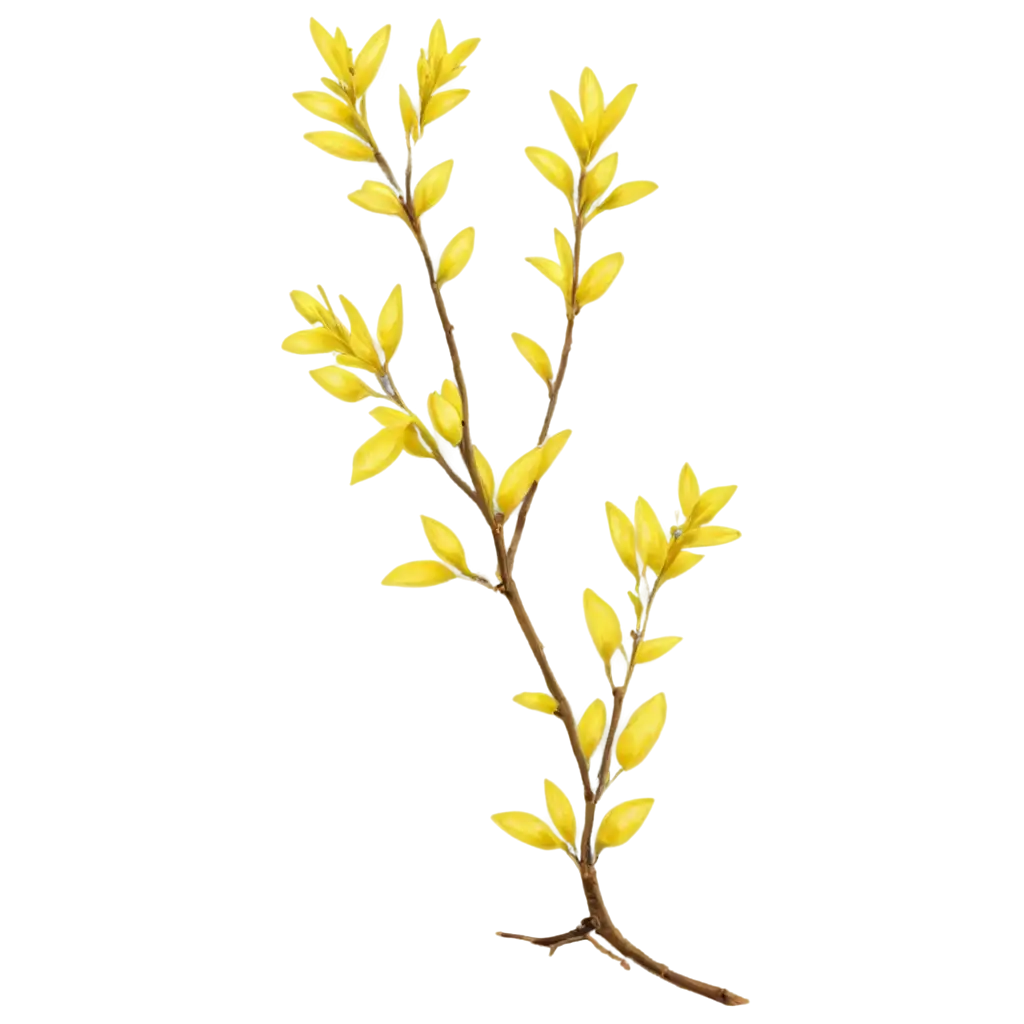
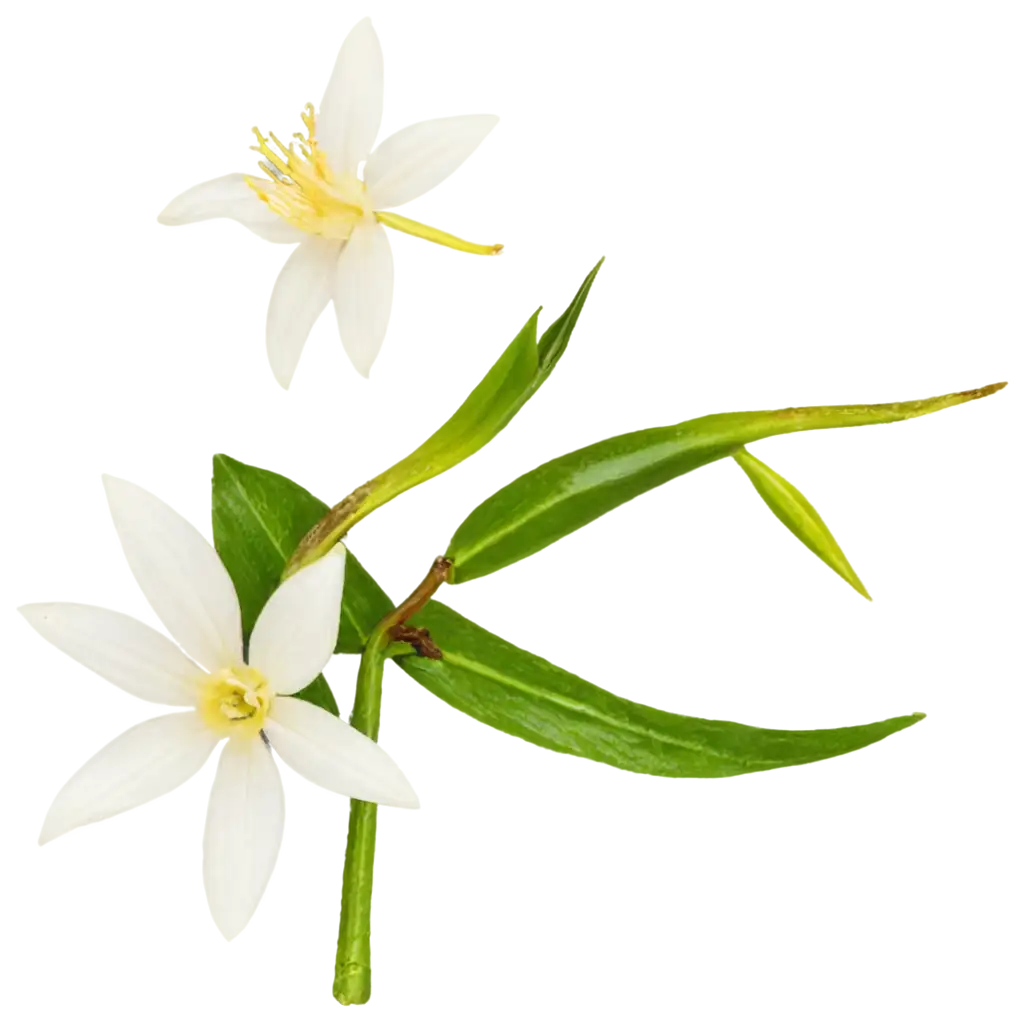
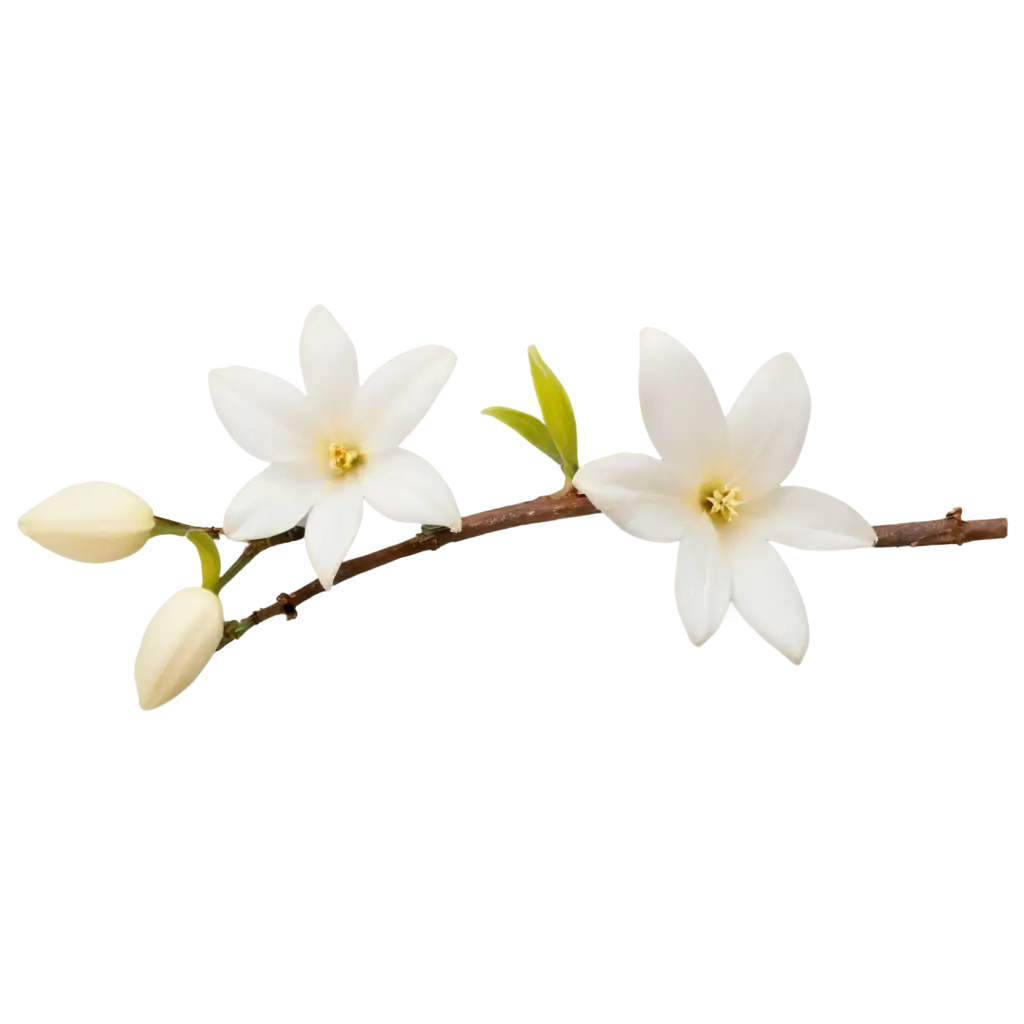
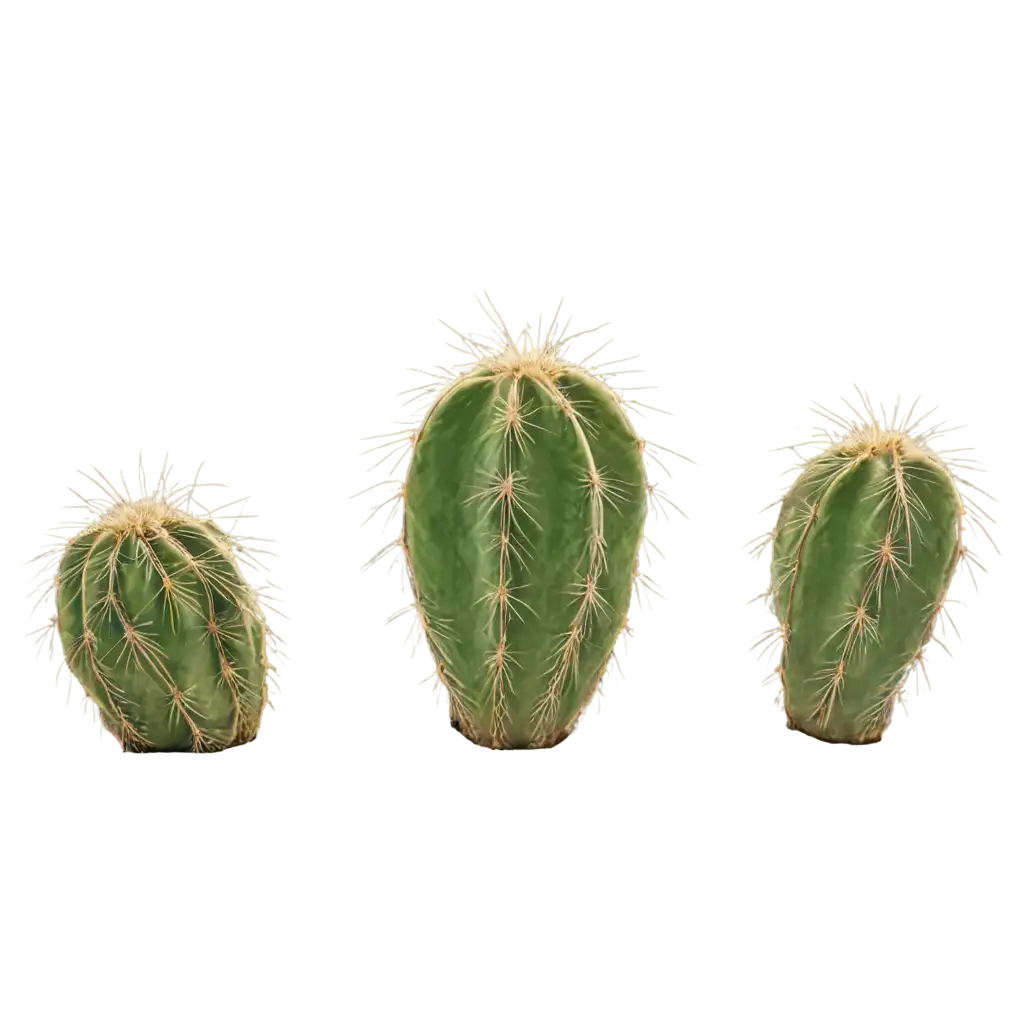
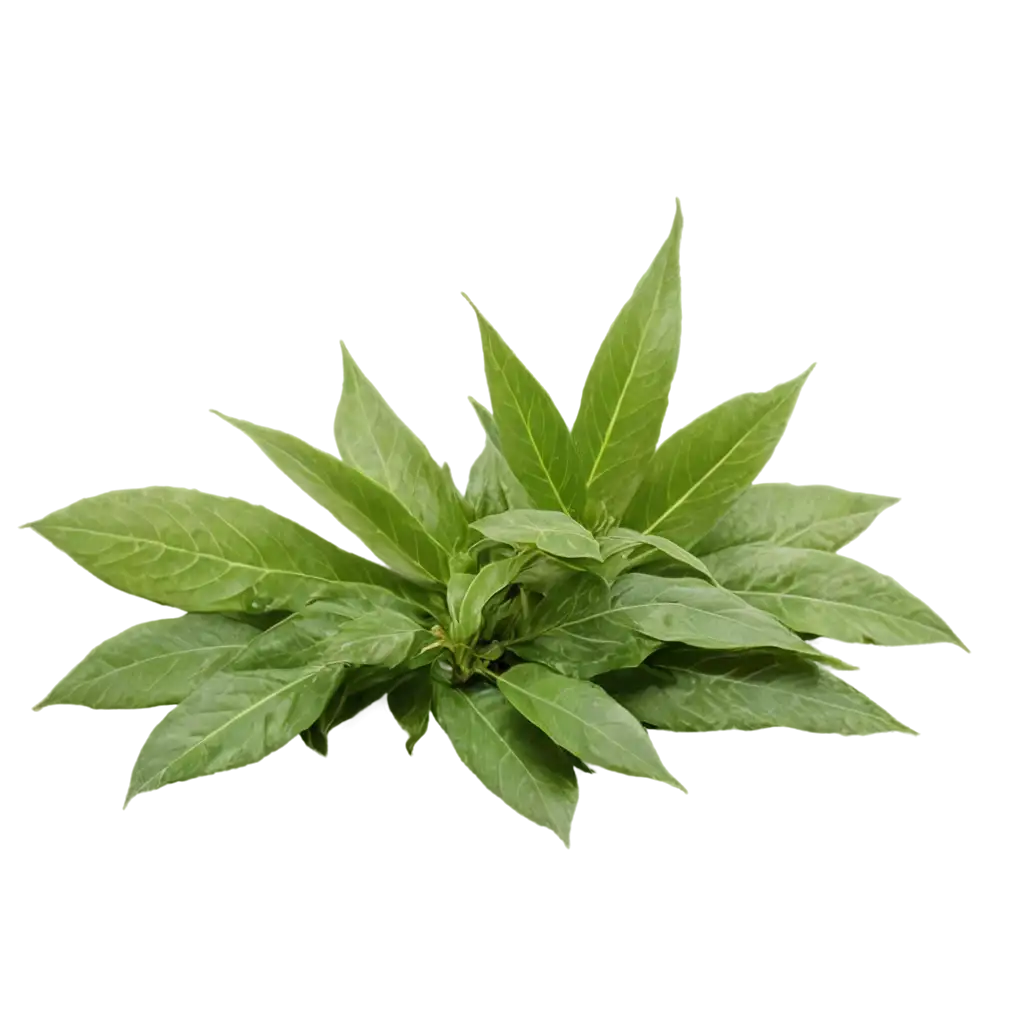
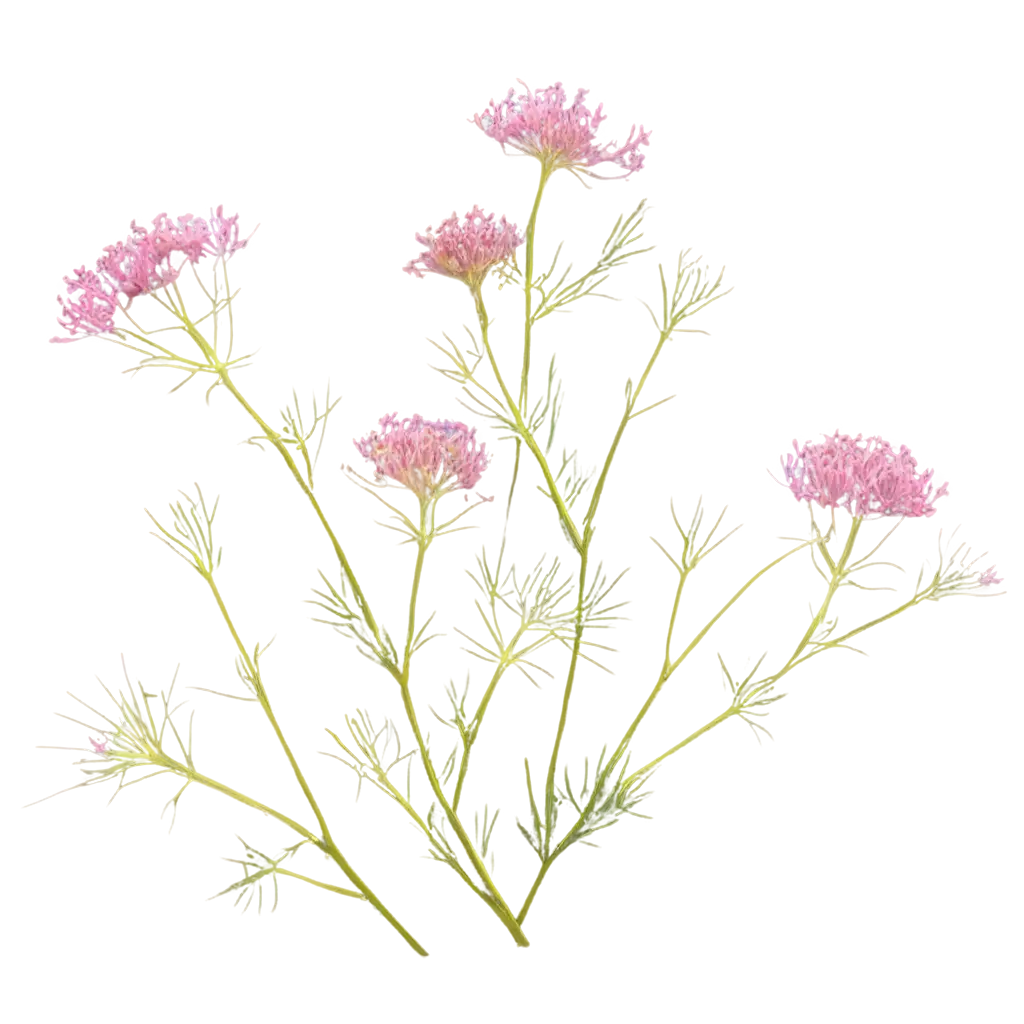
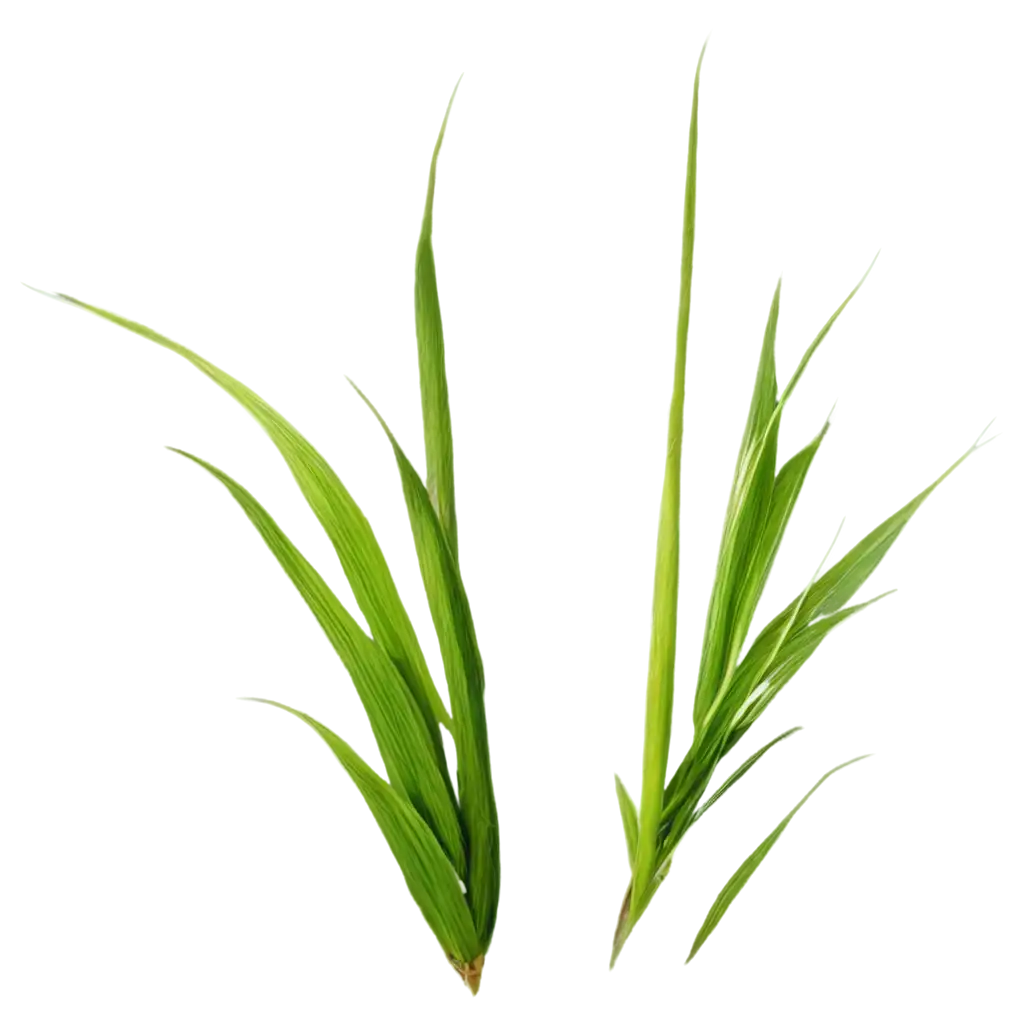
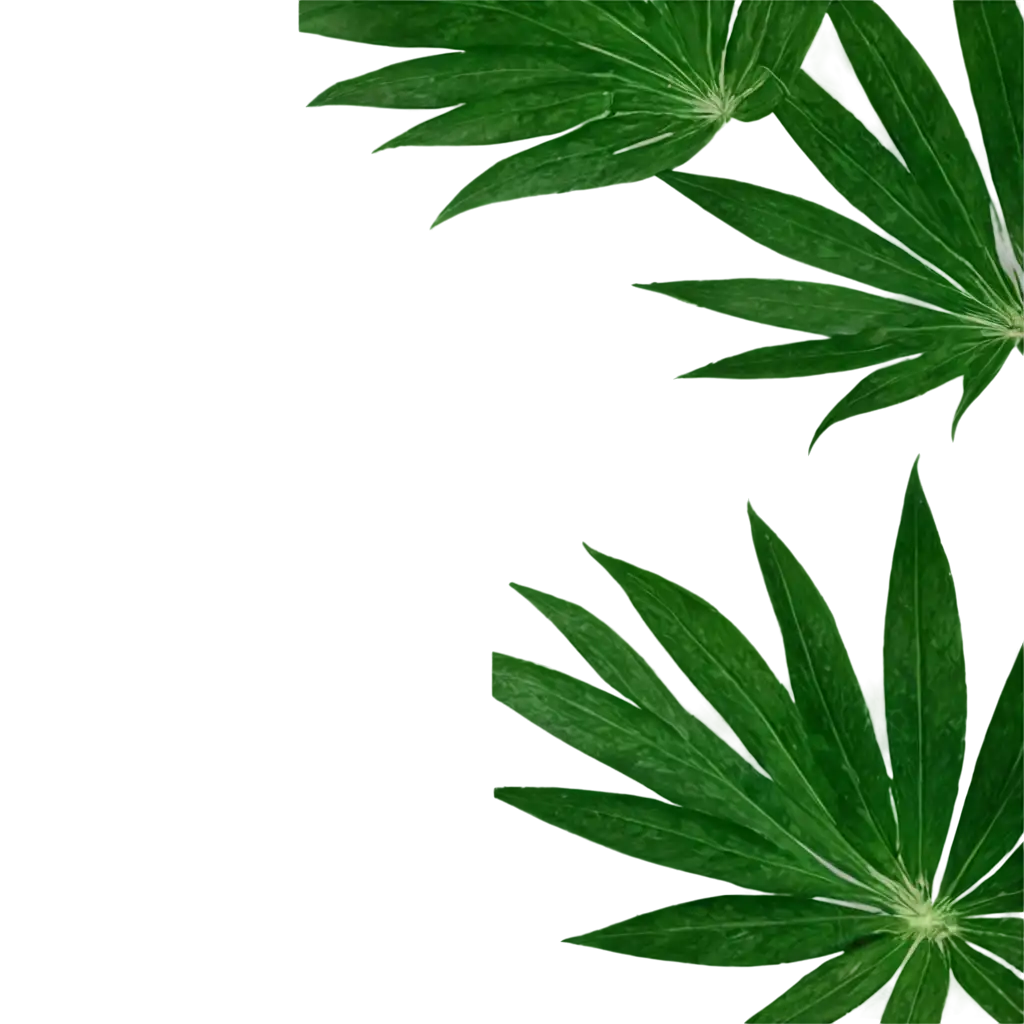
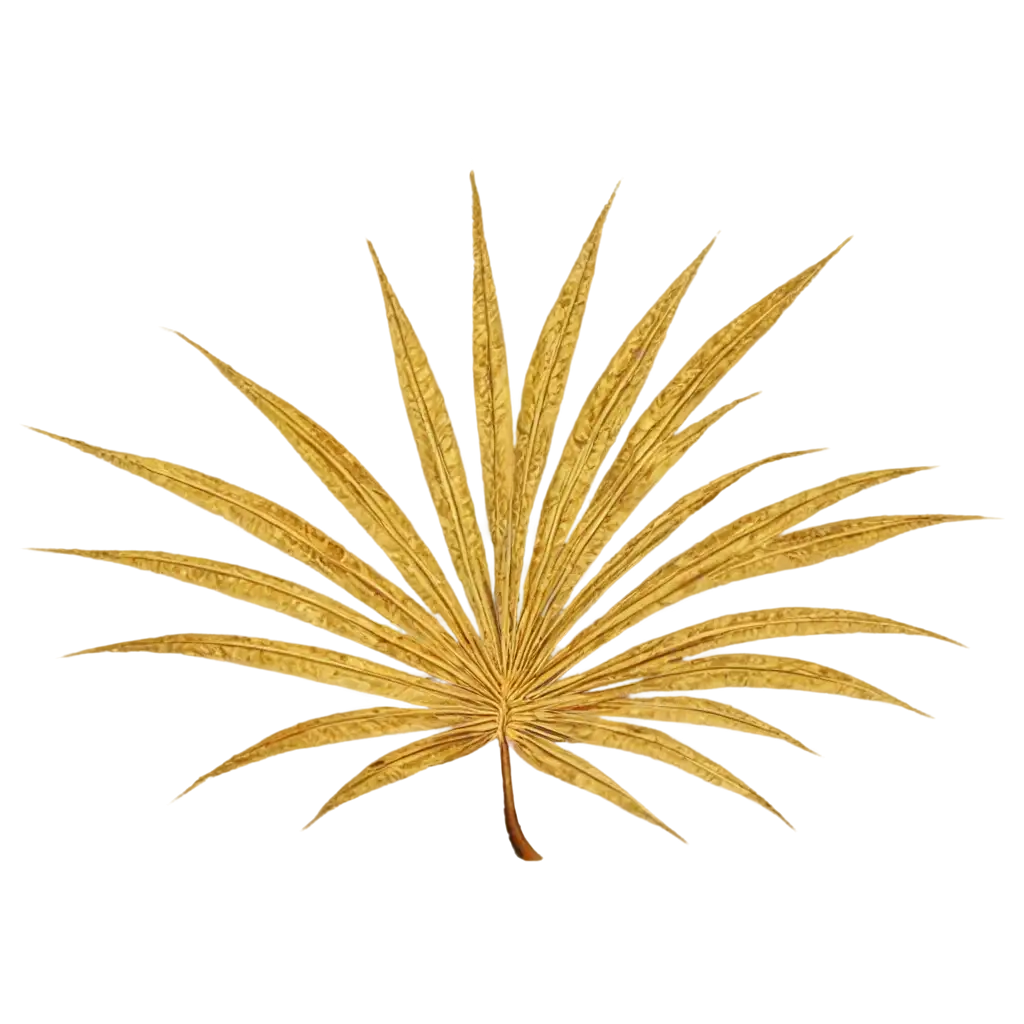

Related Tags
Plant Close-up photography, also known as macro photography in traditional contexts, reveals the hidden intricacies of botanical subjects that often go unnoticed by the naked eye. AI-generated plant close-ups leverage advanced algorithms to capture minute details such as leaf venation patterns, pollen structures, water droplets on petals, and delicate textures of plant surfaces. These images often emphasize specific elements like the geometric patterns in succulents, the delicate unfurling of fern fronds, or the complex architecture of flower stamens. The AI's ability to render these details with precision while maintaining artistic composition has revolutionized how we visualize and appreciate plant structures.
Mastering Plant Close-up Photography Techniques Through AI
Plant Close-up images serve diverse purposes across multiple sectors. In educational materials, these detailed visualizations help students understand plant anatomy and biological processes. Botanical researchers use them for documentation and analysis of plant specimens. In commercial applications, these images enhance product packaging for botanical products, cosmetics, and natural remedies. Interior designers and digital artists incorporate them into wall art and decorative pieces. The healthcare and pharmaceutical industries utilize such images in publications and presentations about medicinal plants. The high level of detail in AI-generated plant close-ups makes them particularly valuable for scientific illustration, botanical art, and commercial design projects requiring precise representation of plant structures.
Applications of Plant Close-up Images Across Different Industries
To generate compelling Plant Close-up images using AI, consider several key factors. Start with clear, specific prompts that describe the desired plant species, viewing angle, and lighting conditions. Include details about texture (such as 'glossy leaves,' 'fuzzy stems,' or 'crystalline frost on petals'), color palette (like 'deep emerald green' or 'warm autumn tones'), and composition elements (such as 'dramatic shadows' or 'shallow depth of field'). Experiment with different styles ranging from photorealistic to artistic interpretations. For scientific accuracy, incorporate botanical terminology in your prompts. Consider environmental factors like time of day, weather conditions, and seasonal changes to add authenticity to your generated images. The 'open in editor' feature allows for fine-tuning these elements to achieve the perfect balance of artistic appeal and botanical accuracy.
Creating Stunning Plant Close-ups with AI: Tips and Techniques
The future of AI-generated Plant Close-up photography promises exciting developments. Emerging trends include enhanced photorealistic rendering capabilities that can accurately represent complex botanical structures like trichomes and stomata. Advanced AI models are beginning to incorporate seasonal variations and growth stages, allowing for dynamic visualization of plant development. Interactive features are evolving to enable users to adjust environmental conditions and growth parameters in real-time. The integration of scientific data with artistic interpretation is leading to new possibilities in botanical visualization, while improvements in texture rendering are making AI-generated images increasingly indistinguishable from traditional macro photography. These advancements are particularly valuable for rare species documentation, educational resources, and scientific research visualization.
Future Trends in AI-Generated Plant Close-up Photography